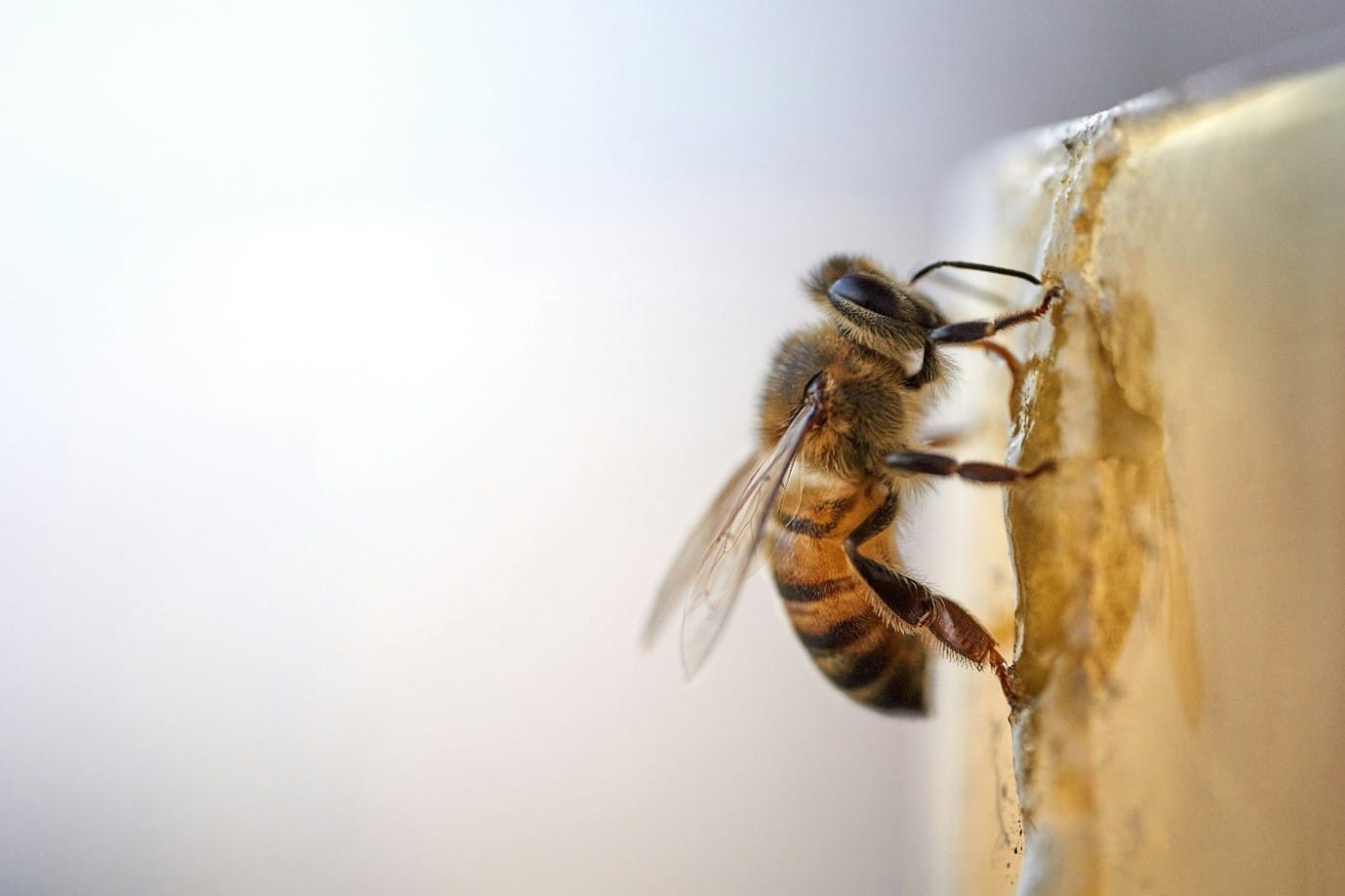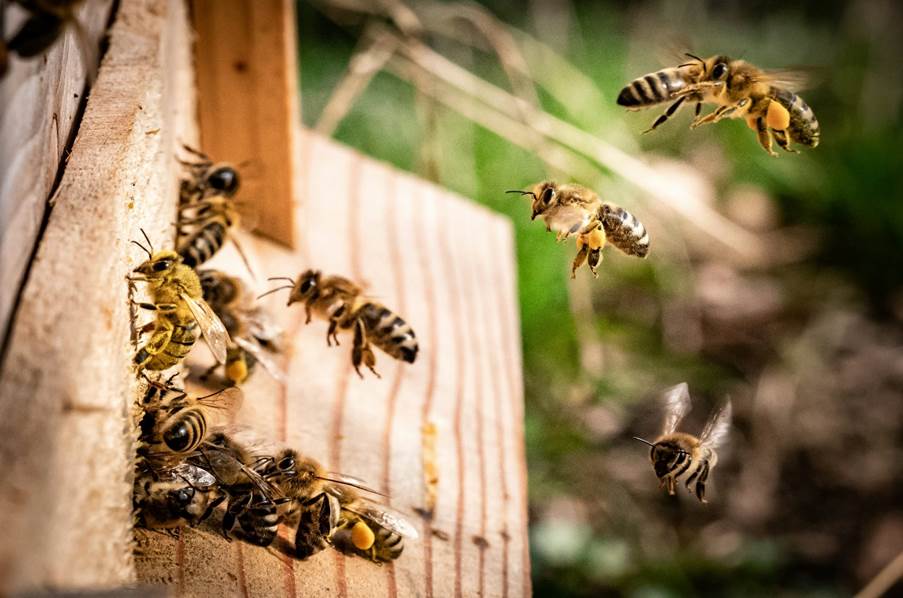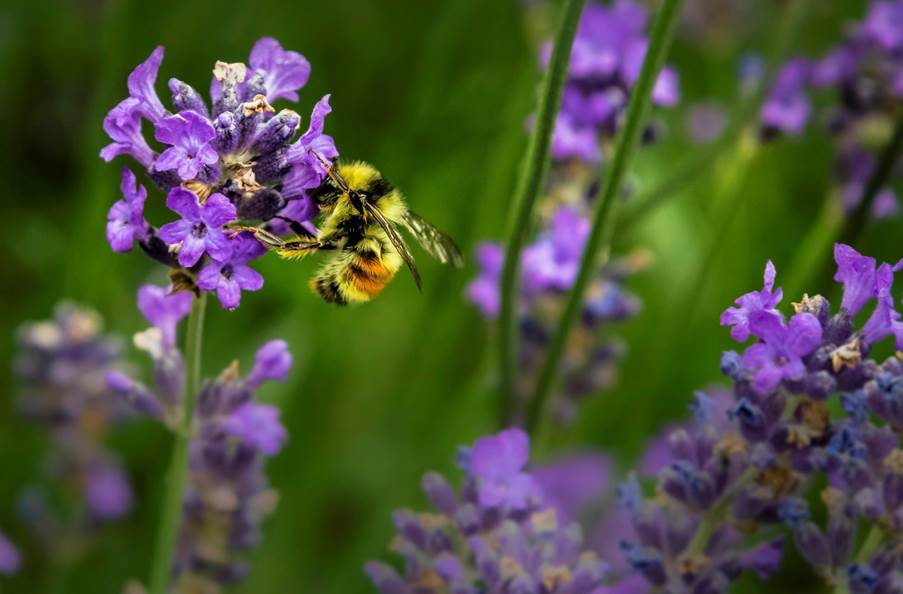Bee Venom and Modern Medicine. How could we use it for medical purposes

For thousands of years, bee venom, honey, and other bee products have been used for their healing properties. But can bee venom be used in modern medicine? A study called “Studies on Bee Venom and its Medical Uses” [1] dives deep into the potential medical benefits of bee venom.
What is Bee Venom Therapy?
Bee venom therapy is a treatment that involves using live bee stings or injecting purified venom to relieve symptoms of various conditions, including
· Arthritis [1]
· Multiple sclerosis [1]
· Lupus [1]
· Sciatica [1]
· Lower back pain [1]
· Tennis elbow [1]
· Bursitis [1]
· Tendinitis [1]
· Rheumatoid arthritis [1]
· Lyme disease [1]
· Osteoarthritis [1]
These benefits are mainly due to its anti-inflammatory, antiviral, and antibacterial properties [1].
Studies suggest that bee venom can boost the immune system and trigger the release of cortisol, a natural anti-inflammatory hormone [1]. This makes it particularly promising for treating conditions linked to inflammation and autoimmune diseases.
How do Bees Produce Venom?

Bees produce venom in their venom glands, storing it in a special reservoir until it is released through their stinger [1]. Venom production within bees is highest when they are defending the hive or foraging [1]. In addition, their venom is most potent during late spring to early fall when pollen is abundant [1].
Venom Collection Methods
Venom is collected through three main methods:
· Surgically removing the venom gland. [1]
· Squeezing individual bees to extract venom droplets. [1]
· Electro-Shock Methods: A mild shock that stimulates the bees to release their venom. This is the most common method used today [1].
What Makes Bee Venom Effective?
Bee venom contains 18 pharmacologically active components [1]. Some of the key compounds are
· Apamin: A mild neurotoxin that may benefit neurological conditions such as epilepsy [1].
· Phospholipase A2: Lowers blood pressure and prevents blood clotting [1].
· Melittin: A powerful anti-inflammatory agent, but also the main component that causes pain during a sting [1].
Research has shown that melittin alone is a potent anti-inflammatory, comparable to pharmaceutical steroids but without the painful side effects [1].
Swelling and itching are common side effects, and these can last up to a week. Icing the sting area usually helps with discomfort [1].
Applications and Side Effects
Even though the most common methods of administration are live bee stings or injections, ointments, creams, and liniments can also be used [1]. Interestingly, some studies suggest that when bee venom is injected at acupuncture points, it enhances its therapeutic effects compared to non-acupuncture points [1]. However, others claim the injection site does not impact its effectiveness [1].
While bee venom is considered safe for human treatment under medical supervision, it is not recommended for those allergic to bees or those with heart conditions [1]. Allergy testing is highly recommended before starting any form of bee venom therapy [1].
Scientific Evidence for Bee Venom Therapy

Since this study’s publication, over 1,700 scientific articles have explored the medical effects of bee venom on both animals and humans [1]. Key points include
· Anti-inflammatory effects: Reducing arthritis symptoms in rats [1].
· Neurological benefits: Some studies indicate it may help with conditions like epilepsy [1].
· Immune modulation: High doses of bee venom have been shown to suppress the immune system in animal studies [1]. This could be beneficial for some autoimmune disorders.
However, it is important to note that lifestyle changes often accompany bee venom therapy, such as improved diet and exercise, which may also contribute to the positive health outcomes and recovery [1].
While bee venom therapy shows promising results, it is important to recognise its limitations. For example, a study on rabbits with osteoarthritis showed structural and tissue changes but no significant biochemical improvements during recovery [1]. This suggests that this therapy alone may not be sufficient for fully healing osteoarthritis, and contrasts with the paper mentioned before that the therapy can treat this condition.
The Future of Bee Venom
Bee venom therapy, as popular as it is, is not yet mainstreamed in Western medicine, but growing evidence suggests it holds strong medical potential, which could help millions of patients worldwide. For those not allergic, it could be a significant natural remedy for various inflammatory and autoimmune conditions. However, further research is needed to fully comprehend its benefits and the extent of its use.
With growing research and strong results, would you consider bee venom therapy as a natural alternative for pain and inflammation relief?
A reminder that this is not medical advice and that people must consult with their doctor before trying any sort of therapy.
References
Reference paper “Studies on Bee Venom and Its Medical Uses”
